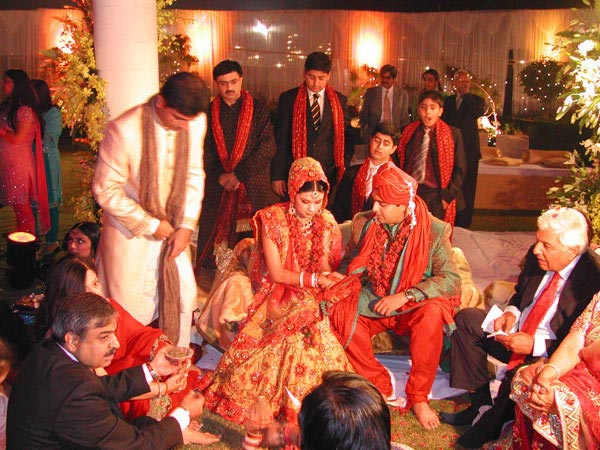|
||||||||
|
|
||||||||
|
|
|
|
|||||||||||||||||


|
Featured Articles - Infertility | Baby Development | Health and Fitness | How to Get Pregnant | Parenting Advice | Weight Loss | Pregnancy Advice | Name Numerology Baby - Baby Photo Contest | Lucky Names | Lucky Birthdates | Horoscopes | Chinese Calendar | Compatibility Test | Fun Zone Parenting - Message Boards | Planning a Baby | Pregnancy | Parents of Babies | Baby Names | Baby Name Poll | Birth Announcements | Parenting Quiz Family - Cooking Club | Love & Relationships | Beauty Tips | Kids Weight Calculator | Recipe Maker General - Calorie Counter | Personality Quiz | Love Signs | Compatibility Quiz
Home |
Site Map | Privacy
Policy |
Comments or
Suggestions | Indiaparenting News Articles | Contact Us |
Advertise
with Us |
|
RSS
Copyright © 1999 - 2021 India Parenting Pvt. Ltd. |




























